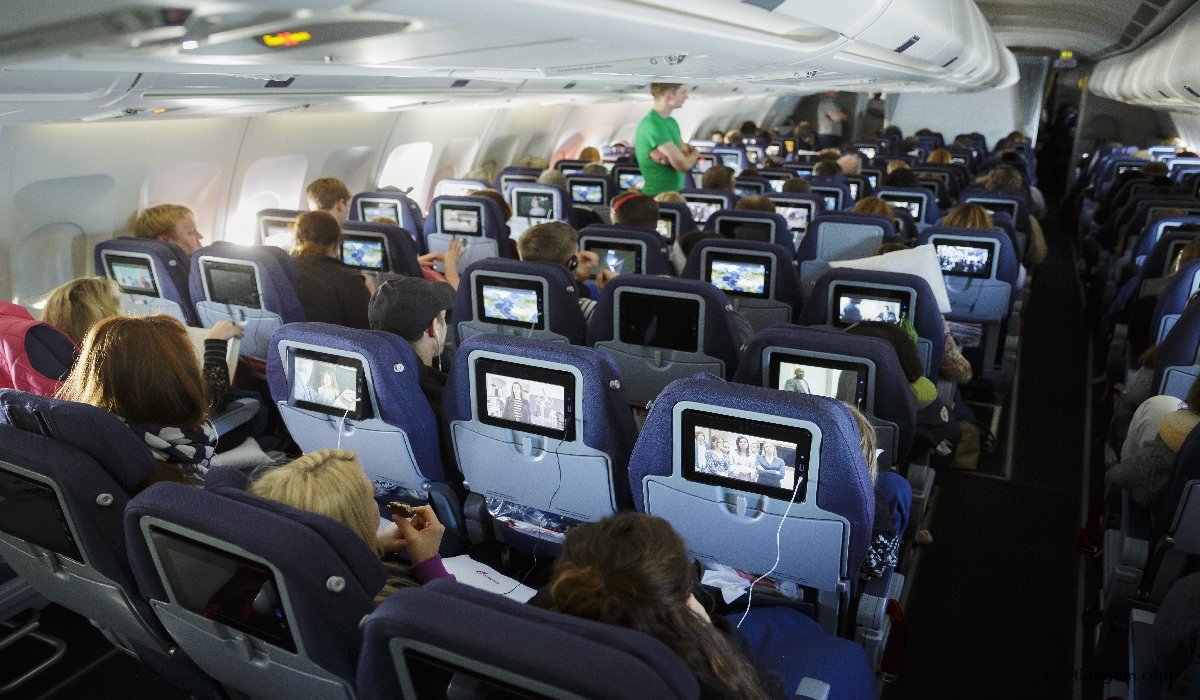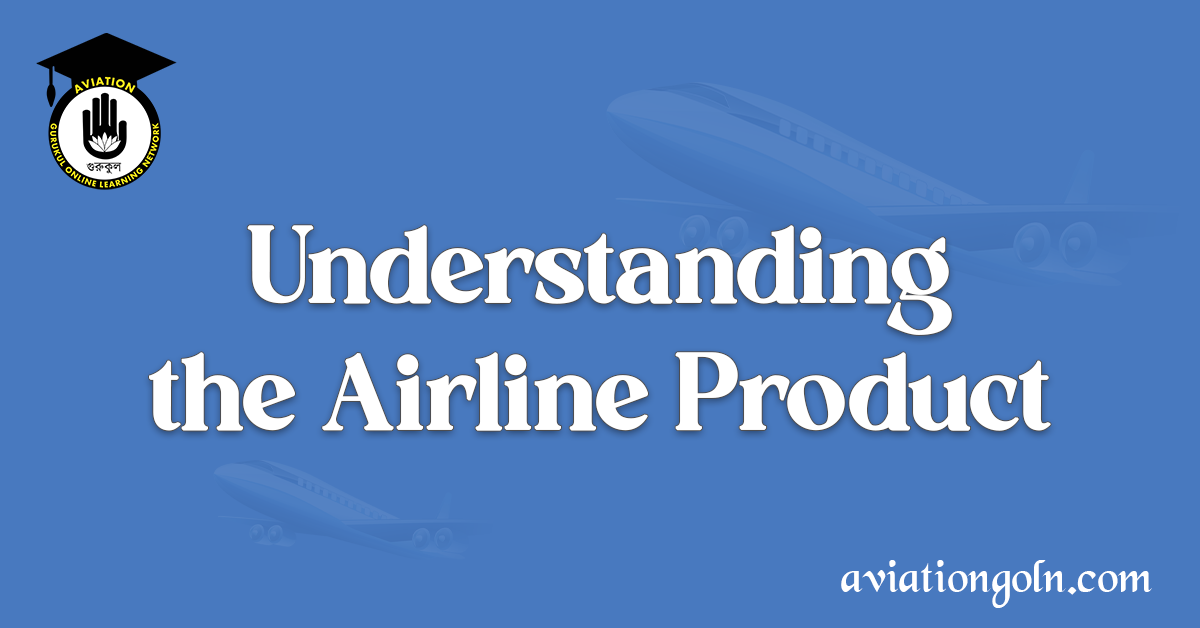Understanding the Airline Product: The airline industry has long been the backbone of global travel and commerce. From the Wright Brothers’ first powered flight in 1903 to today’s cutting-edge jumbo jets, aviation has continually pushed the boundaries of what’s possible. But when you book a flight, what are you actually purchasing? In essence, you’re buying an airline product—a combination of services, experiences, and tangible goods that transport you from one location to another. Let’s delve into understanding the airline product in depth.
Understanding the Airline Product

1. Defining the Airline Product
The airline product can be viewed from two angles: the tangible and the intangible.
Tangible Components:
- Aircraft: This is the most obvious component. Airlines invest billions in acquiring and maintaining their fleet.
- Seats: Ranging from economy class to first class, seats in different parts of the aircraft offer varying levels of comfort and amenities.
- Onboard Amenities: These include meals, in-flight entertainment systems, Wi-Fi, and other facilities such as USB charging ports.
- Lounge Access: Premium passengers often get access to lounges where they can relax, eat, and even shower.
Intangible Components:
- Brand Reputation: Trust in an airline’s safety record, punctuality, and service plays a significant role.
- Customer Service: From booking tickets to addressing grievances, good customer service can differentiate one airline from another.
- Flight Frequency and Network: A wider network and frequent flights make an airline more attractive to frequent flyers.
- Loyalty Programs: Points or miles that can be redeemed for future travel or other benefits.

2. Understanding the Value Chain
The value chain in the airline industry begins much before the passenger boards the plane and continues after they disembark. It consists of:
- Pre-flight: Booking tickets, choosing seats, online check-in, and baggage policies.
- During the flight: Comfort of the seats, quality of meals, and entertainment options.
- Post-flight: Baggage claim, feedback, and grievance redressal mechanisms.

3. Differentiation in the Airline Product
Just as no two airlines are identical, neither are their products. Here’s how airlines differentiate their offerings:
- By Class: Different classes offer varied levels of service. First and Business classes often have lie-flat beds, gourmet meals, and priority services. Premium Economy offers more legroom than the standard Economy.
- Route Specific Products: Some long-haul flights might offer amenities like pajamas or amenity kits not available on shorter routes.
- Ancillaries: Airlines earn a significant portion of their revenue from selling ancillary services like baggage fees, seat selection fees, meals, or travel insurance.

4. The Evolution of the Airline Product
The airline product has undergone considerable changes over the years:
- Jet Age: The introduction of jet aircraft in the 1950s and 60s revolutionized travel with faster, smoother flights.
- Deregulation: Many governments deregulated their airlines in the late 20th century, leading to competition, lower prices, and varied services.

- Rise of Low-Cost Carriers (LCCs): LCCs, like Southwest and Ryanair, changed the landscape by offering no-frills services at significantly lower prices.
- In-flight Connectivity: With advancements in technology, in-flight Wi-Fi and mobile connectivity are becoming standard.

5. Challenges in Delivering the Airline Product
Offering a consistent airline product is no small feat, given the myriad challenges:
- Operational Issues: Delays, cancellations, or baggage losses can tarnish the airline’s reputation.
- Economic Factors: Fluctuating oil prices can have a direct impact on airline costs and, subsequently, ticket prices.
- Regulations: Airlines operate in a heavily regulated environment, with safety, noise, and environmental concerns dictating many aspects of operations.
- External Factors: Weather disturbances, geopolitical tensions, or pandemics can have unforeseen impacts on airline operations.

6. The Future of the Airline Product
The airline product of tomorrow is being shaped by technology, environmental concerns, and changing customer preferences.
- Sustainable Travel: As concerns about climate change mount, airlines are investing in fuel-efficient aircraft, alternative fuels, and carbon offset programs.
- Personalization: With data analytics, airlines can offer personalized experiences, from tailored entertainment options to customized meal preferences.
- New Age In-flight Entertainment: Augmented Reality (AR) and Virtual Reality (VR) might soon redefine in-flight entertainment.
- Health and Hygiene: In the wake of pandemics like COVID-19, airlines are emphasizing health and hygiene, with touchless interfaces and advanced air filtration systems.

The airline product is a complex blend of the tangible and intangible, shaped by history, defined by innovation, and always evolving. It’s more than just a seat on a plane; it’s an experience, a journey, and for many, a way of life. As customers, understanding the intricacies of what we’re buying can empower us to make better choices and ensure our journeys are as pleasant as possible.
As the industry continues to evolve, so will the airline product, adapting to new challenges and changing with the times. It remains a testament to human ingenuity, the spirit of exploration, and the timeless desire to soar above the clouds.
